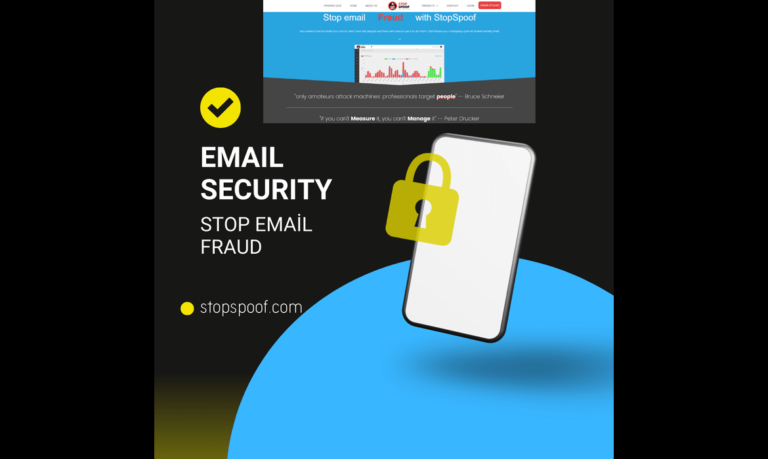Over 10 years we help companies reach their financial and branding goals. Engitech is a values-driven technology agency dedicated.
411 University St, Seattle, USA
engitech@oceanthemes.net
+1 -800-456-478-23

In an age where businesses are increasingly reliant on digital communication, the risks of email spoofing and phishing attacks have skyrocketed. These threats not only compromise sensitive data but can lead to devastating financial losses and reputational damage. Through our partnership with StopSpoof’s CEO – Zakir Shaikh, we conducted an in-depth email security analysis, focusing on spoofing prevention techniques to safeguard organizations from these malicious attacks. This collaboration has empowered us with actionable insights on how to fortify email systems and protect against the evolving tactics used by cybercriminals.
At the heart of this analysis lies a layered defense strategy that combines technical expertise with best practices in security configurations. Our work with StopSpoof delved into several core areas, such as:
“At StopSpoof, we believe the strongest defense against email threats is a proactive, multi-layered approach that keeps your communication secure and trustworthy.” –Zakir Shaikh –


Spoofing attacks are increasingly sophisticated, using tactics like spear-phishing and business email compromise (BEC). Traditional email filters are no longer sufficient. This is why we focused on integrating advanced threat intelligence systems that can detect unusual patterns in email behavior. These systems, powered by AI, analyze email metadata, header information, and sender reputation to automatically block malicious emails before they reach the inbox.
In our partnership with StopSpoof, we used tools capable of real-time threat analysis, allowing us to adapt to emerging phishing techniques. By tapping into global threat intelligence feeds, we could proactively block emails coming from known malicious domains or IP addresses.
Forensic Analysis and Continuous Monitoring:
Spoofing attacks are not always immediately apparent. Some malicious emails can bypass initial defenses by exploiting vulnerabilities in third-party services or using zero-day tactics. This is why continuous monitoring is crucial. With the help of forensic analysis tools, we ensured that suspicious email patterns could be quickly identified and flagged for further investigation.
This approach involves collecting detailed logs of email communications, including timestamps, sender/recipient information, and email headers. By analyzing these logs, we were able to detect unusual communication flows, such as multiple failed SPF checks, which can be an indicator of a spoofing attempt.
